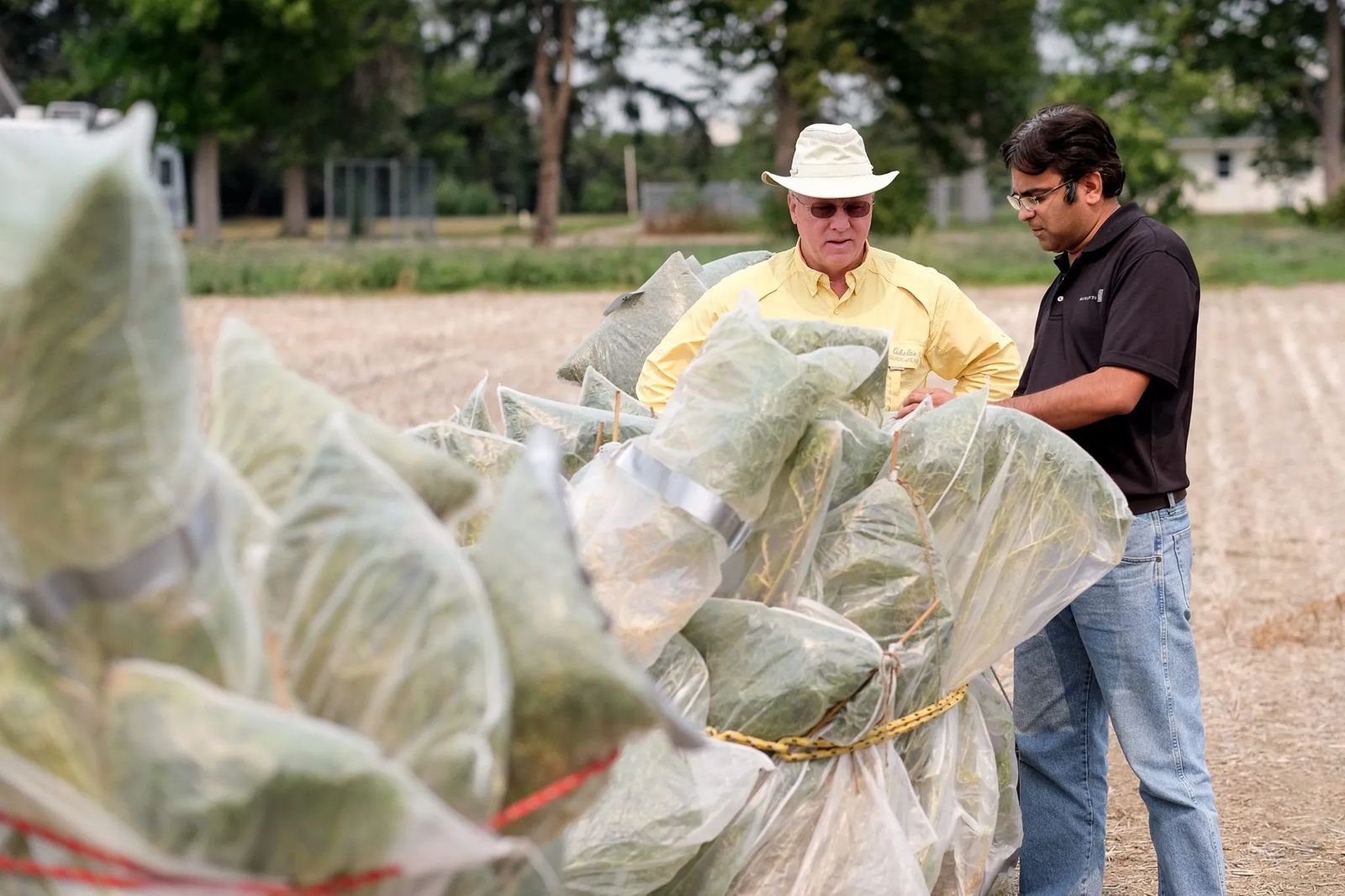
Researching the Future
A Look Inside the Southern Agricultural Research Center
In the toaster, a slice of wheat bread browns. The “ding” tells us it is ready to be eaten. We slather the crispy slice with our favorite spread. We take one bite, then another, but in between each, do we think about how this delicious grain-filled slice of bread came to be?
Here in Billings, we cross paths with the farmers and see the fields of wheat or corn that grow just outside our city. In the spring, we see the carpet of wheat move steadily with the wind, and in the summer, we literally watch stalks of corn get taller overnight. But do we wonder about the scientists who discover and nudge Mother Nature into creating the best seed to grow in our environment?
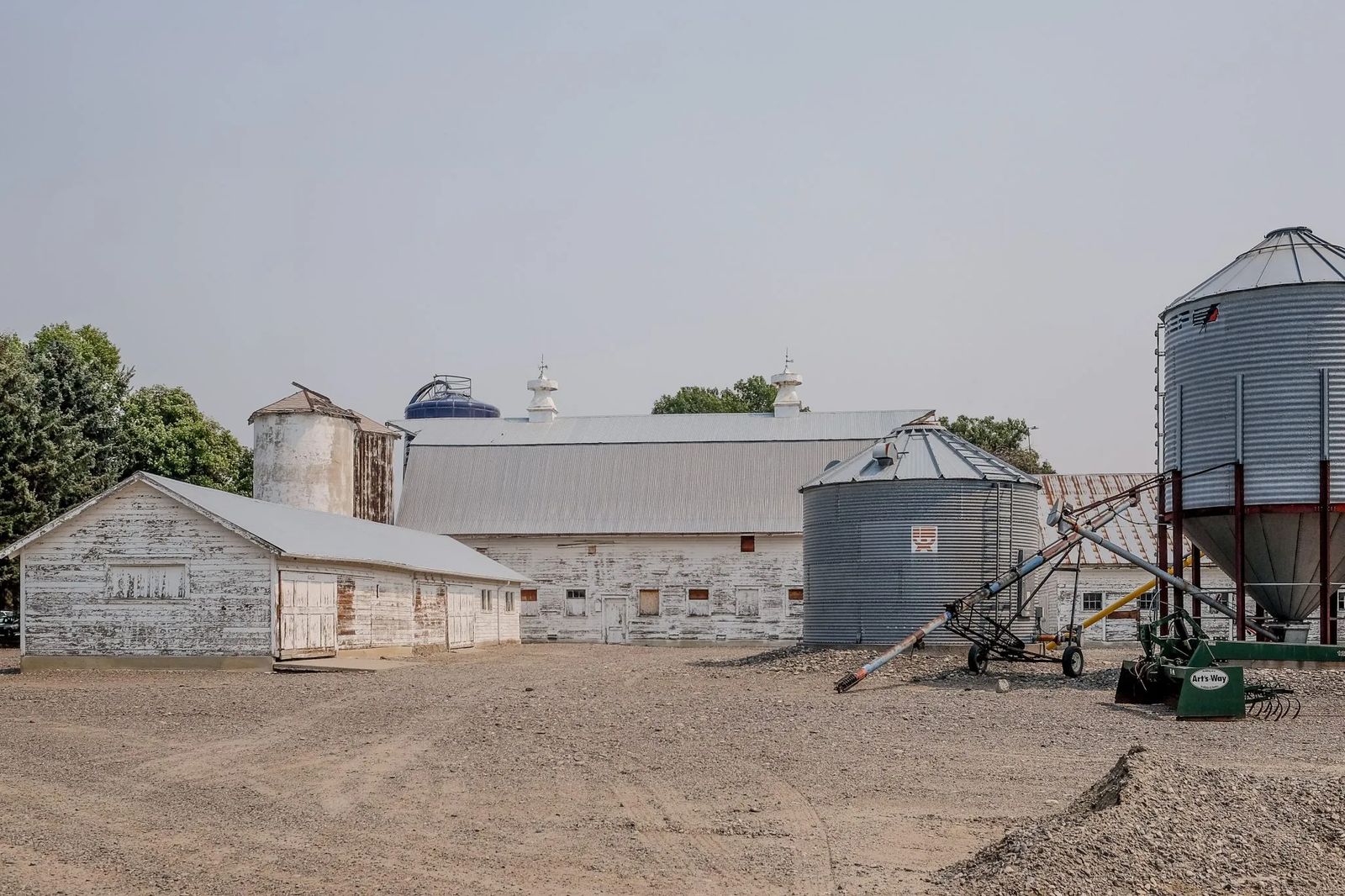
In Huntley, on a frontage road just off Highway 312, sits the Southern Agricultural Research Center (SARC). It is one of seven facilities that make up the Montana Agricultural Experiment Station Research Center System (MAES), a component of Montana State University-Bozeman. On 462 acres of farm research land sits this facility which is located in the heart of the Huntley-Worden Irrigation District right along the Yellowstone River.
Here, Superintendent Kenneth Kephart, Professor of Agronomy (the science of soil and crop management) oversees a staff of 10. The facility researches everything from crop strength to pest infestation to weed science. From there, a 24-member advisory committee is made up of farmers, agricultural industry representatives, and extension agents from a nine county area. Dr. Kephart's mission is to make sure the everyday farmer has the information he or she needs to stay profitable within the state's number one industry. After all, in the south central region of Montana alone, the acreage devoted to farming supports $130 million in business each year.
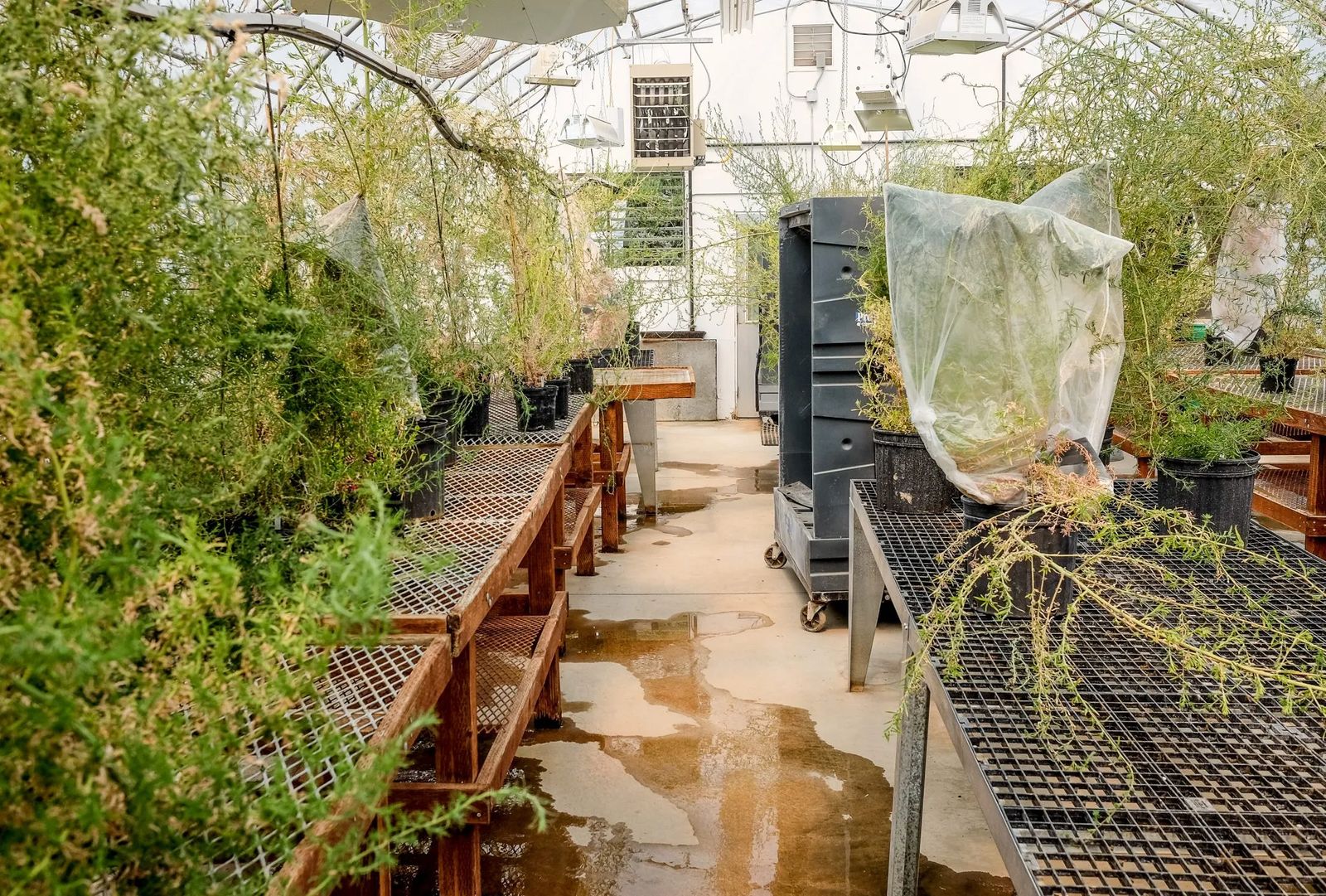
Steve Becker farms barley and alfalfa on the Crow Reservation. He also sits on the Advisory Board and says of SARC, “They are our closest resource when we have cropping system questions. It is a closest place of testing with people you can call.” If SARC doesn't have the answer, “They are able to direct me or make phone calls on behalf of the producers.” Becker continues, “They look at data from years ago. They look at long term variability. They try to present this to the general public so they understand.”
Each day, the center works to eliminate the challenges growers face by providing producers with "a reliable, unbiased, up-to-date source of information." How do they do this? Dr. Kent McVay, SARC's Cropping System Specialist says, "We grow pretty much everything the farming community around us grows. Sugar beets, corn, malt barley, dry beans, even soybeans on our irrigated ground. On our dryland areas we grow winter wheat, spring wheat, barley, oilseed crops such as camelina, canola, carinata, and safflower. We have some alfalfa and grass hay fields as well." On any given day, you might find scientists researching ways to help the small grain breeders or assist with research on barley that could help companies like MillerCoors. Weed researchers conduct trials to check how effective herbicides are or how resistant a plant is to them. Right now, Dr. McVay's focus is on water. "I'm developing an online irrigation scheduling tool to help producers know when best to irrigate their crops so that water use and nutrient use is optimized."

When looking at the quality of a crop, it's safe to say that this type of research doesn't happen overnight. Dr. Kephart says, “We have to look at the system as a pipeline. Elite material is moving through the pipeline.” And, by the time the research moves through, it can take three to five years of testing and study before enlightening conclusions are made.
When a farmer is hit with a new form of plant disease or witnesses a pest invasion, it can be the SARC that steps in to help with information. Steve Becker tells of AgAlerts that provide up-to-date information sent via the web to farmers far and wide. Many of these reports share immediate “stop-gap measures” such as the spraying of fungicides. Then, there is the monitoring and research which serves as a kind of forecast for upcoming planting seasons. On top of the research done at SARC, Becker says this group of scientists will spend time “putting calls out to other states and polling research facilities" to get to the bottom of an issue that might be impacting area producers.
When it comes to variety testing, Dr. McVay uses the example of a baker, "The baker wants to produce a loaf of bread with the minimum of flour and the minimum of water. She wants to develop a gluten pattern that is stable.” So researchers might look at ways to make that happen.
“The center helps improve crops with yield and helps in the development of alternative crops. There are few places that we invest in that returns so much back to the community,” says Curt Cotton, Agricultural Banker from Stockman Bank.
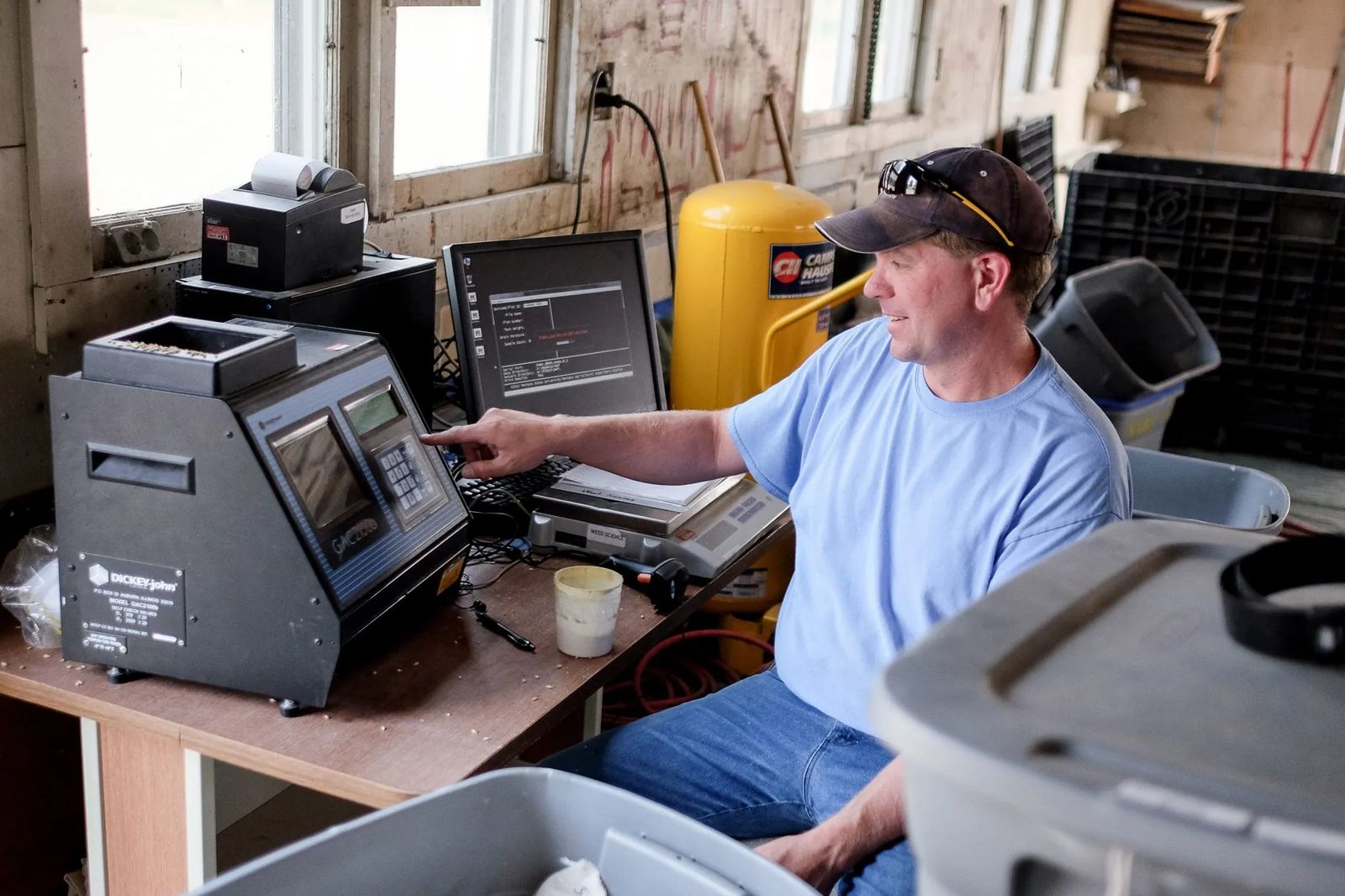
So when you grab a loaf of bread, think of the farmer who has crossed many paths to create each delicious bite. The farmer has encountered countless challenges from the soil integrity to irrigation, whether it is pumped from a nearby water source or dropped from the sky. As the plant grew, that farmer had to monitor nutrition. If insects invaded, what information did he use to figure out the best way to get rid of the pest? It is all about a plant's genes and the research done to create the best seed and environment for production.
We do eat well here in Billings, and in our country and the world because of the efforts of scientists like Drs. Kent Kephart and Ken McVay and their team. They work with the industry and farmers to help bring what is grown in the field to our dining room tables. Be sure to savor this thought the next time you bite into your morning toast.
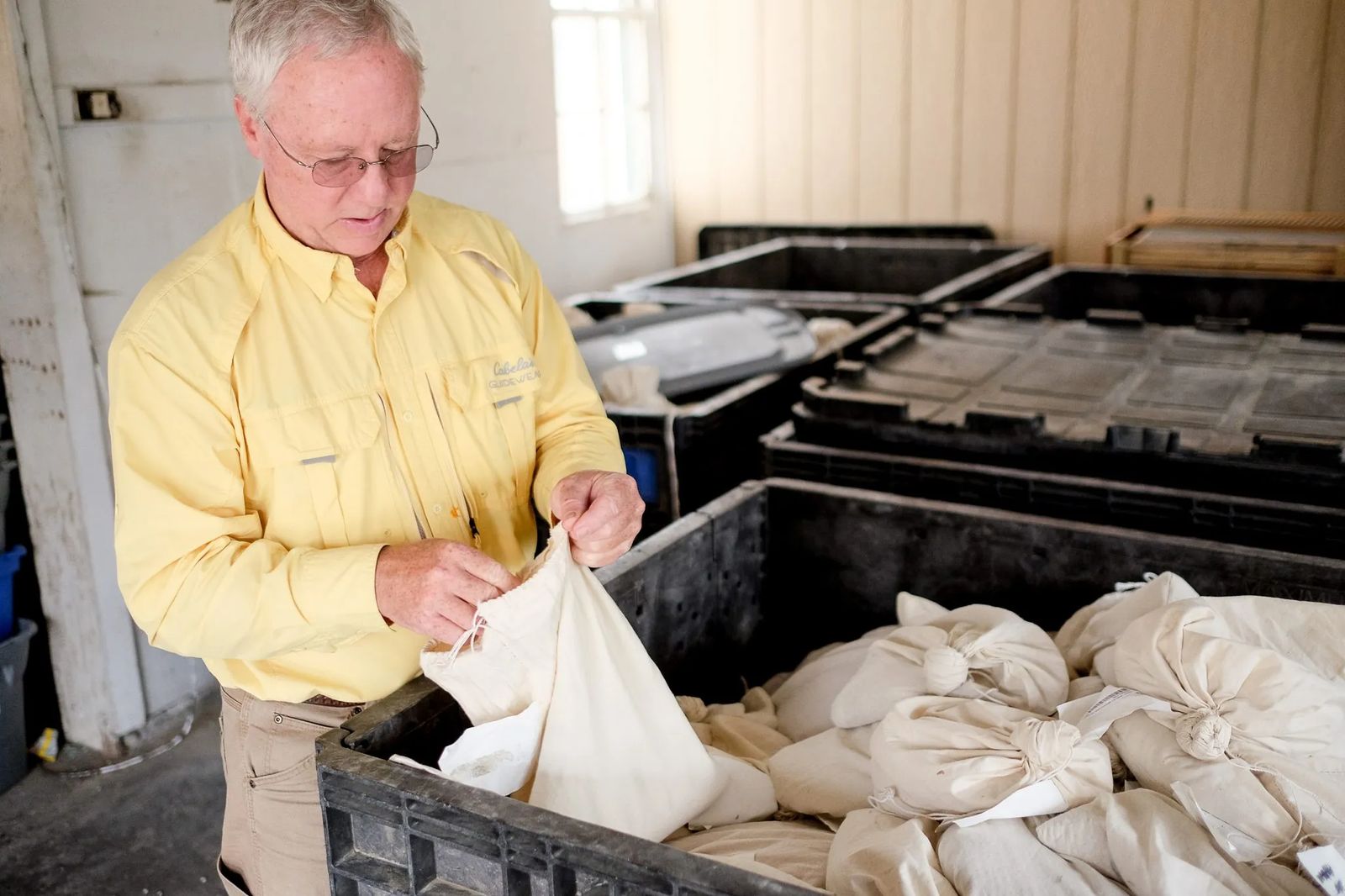
Research That Grows
You can find the Southern Agricultural Research Center on the web and read up on their latest research at sarc.montana.edu.














